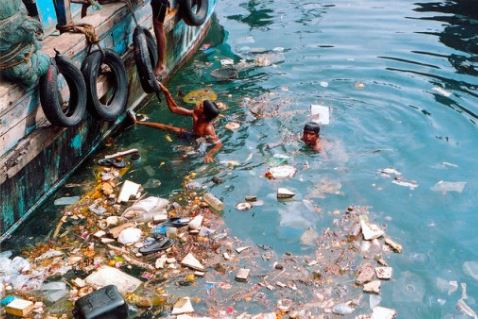Dive into the distressing reality of our planet’s environmental crisis as we explore the Top 5 Most Polluted Rivers in the World. From industrial waste to rampant pollution, these water bodies bear witness to the urgent need for collective action to safeguard our water ecosystems and combat global pollution.
1. Sarno River (Italy)
There has long been pollution in the Sarno River in Italy, going back thousands of years. The river’s environmental degradation has gotten worse throughout the ages due to urbanization and industrialization. The Sarno River is seriously polluted in the twenty-first century, mostly as a result of untreated sewage, agricultural runoff, and industrial waste discharge. In addition to endangering aquatic life, this contamination poses serious health hazards to the general people. Concerns about the river and attempts to clean it up have been raised, but there are still issues with dealing with the intricate interactions between historical, industrial, and contemporary sources of pollution in the area. It will take both sustainable projects and legislative actions to lessen the Sarno River’s persistent environmental problem.
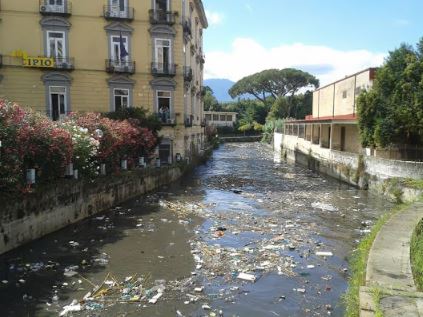
2. Citarum River (Indonesia)
One of the world’s most polluted rivers, the Citarum River in Indonesia is experiencing serious environmental degradation. The river has become contaminated with home garbage, agricultural runoff, and industrial effluents due to rapid development, population growth, and poor waste management. The villages around the river have been negatively impacted by this pollution, which has disastrous effects on the ecosystem and human health. The extremely poisonous water endangers aquatic life and puts those who depend on the river for irrigation and drinking water in grave danger. In order to address the intricate problems surrounding the contamination of the Citarum River and guarantee sustainable management practices in the future, comprehensive solutions are required, even in the face of government measures and worldwide attention.
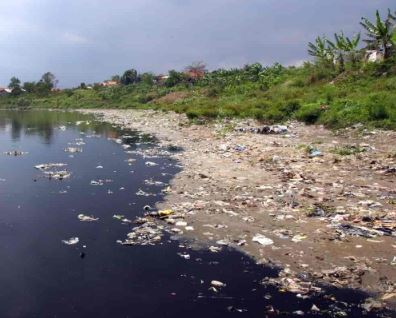
3. Passaic River (United States)
In the past, industrial activities have been primarily responsible for the contamination of the Passaic River in the United States. The river that traverses both New Jersey and New York has been severely damaged by the release of dangerous materials such as heavy metals and dioxins. The ecology and nearby populations have been permanently impacted by the residue of previous industrial activities, such as garbage dumping and the production of chemicals. Recognizing the need for significant cleanup work, the Environmental Protection Agency (EPA) classified a section of the river as a Superfund site. The difficult work of eliminating historical pollution and guaranteeing the long-term health of the Passaic River and its adjacent surroundings is highlighted by the difficulties that still exist despite current cleanup measures.
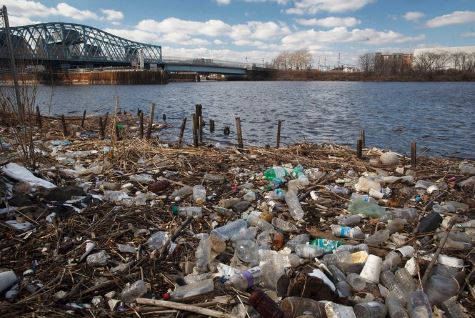
4. Ganga River (India)
India is facing serious pollution problems in the Ganga River, which is revered in Hinduism. Elevated levels of contamination have been caused by industrial discharge, untreated sewage, agricultural runoff, and urbanization. Discharging solid waste and industrial effluents deteriorate water quality, affecting aquatic life and posing a health risk to the general public. Problems continue because of inadequate infrastructure, population pressure, and insufficient enforcement, despite a number of government attempts, such as the Namami Gange program. For the millions of people who rely on the Ganga for food and drinking water, the pollution is a serious problem. It will take constant work to solve the intricate and varied problems of keeping the Ganga River clean and intact.
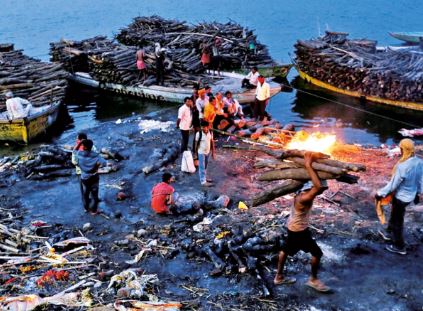
5. Yamuna River (India)
India’s Yamuna River is severely contaminated by runoff from agriculture, untreated sewage, and industrial waste. High levels of contamination are the result of the problem being made worse by rapid urbanization and population increase. The release of untreated household waste and industrial effluents, which contain heavy metals, are two factors contributing to the declining quality of the water. The contamination of the Yamuna river endangers not only aquatic ecosystems but also public health because the river provides drinking water and irrigation to many towns. The complicated nature of pollution sources, poor enforcement, and limited infrastructure continue to be problems despite government efforts such as the Yamuna Action Plan. To solve the complex issues and improve the Yamuna River’s health, extensive and persistent work are required.
